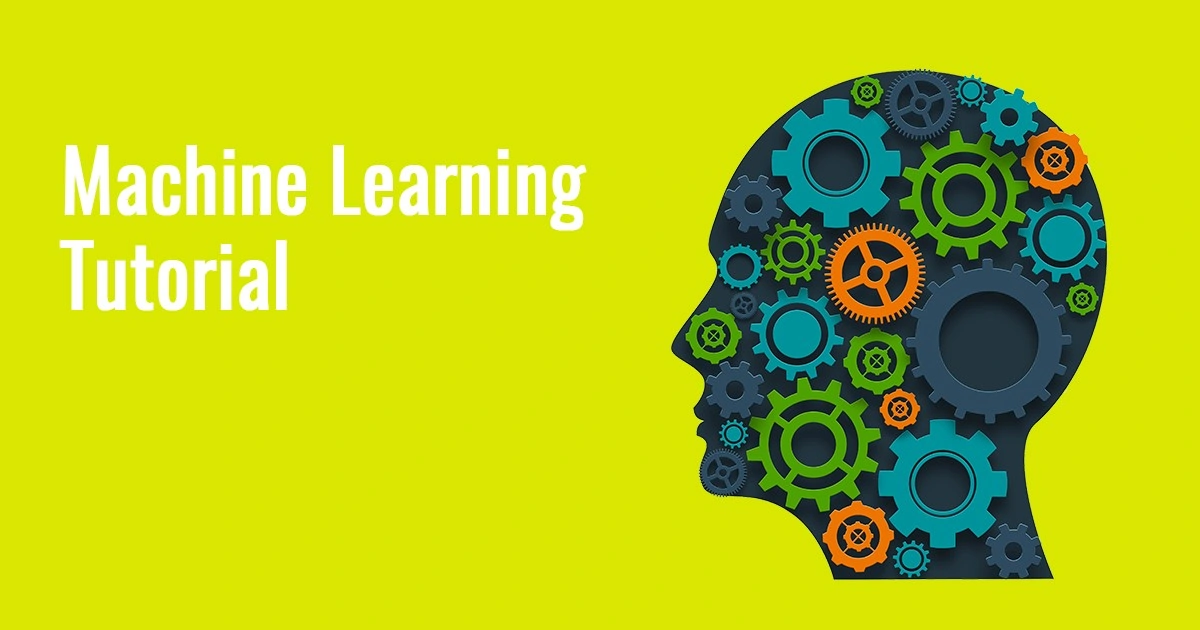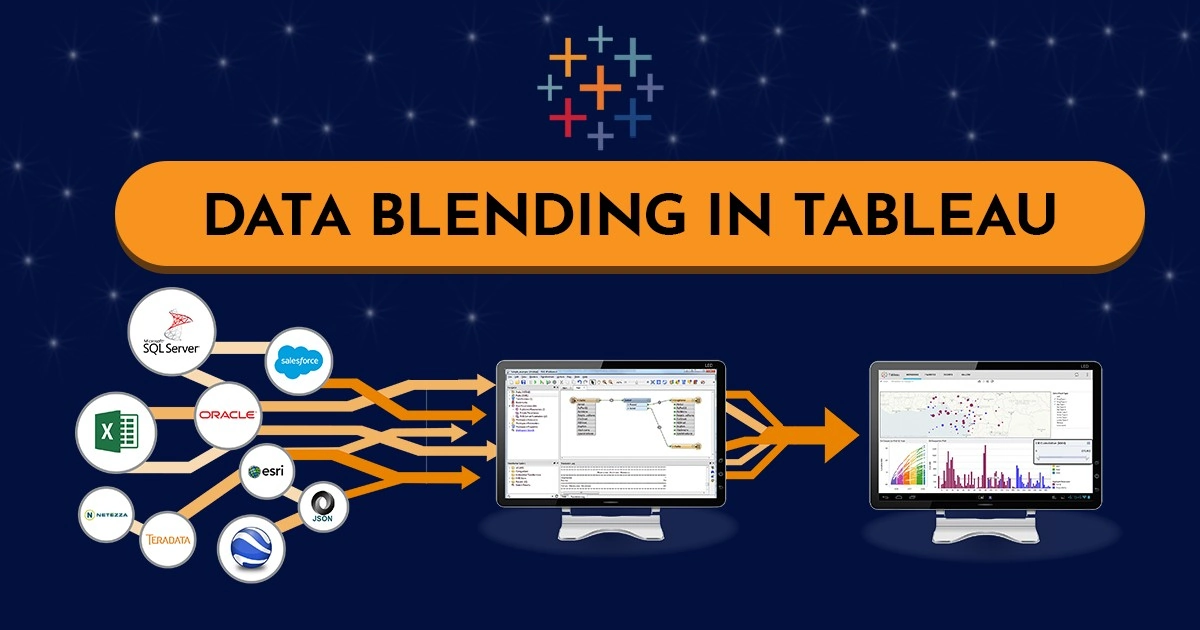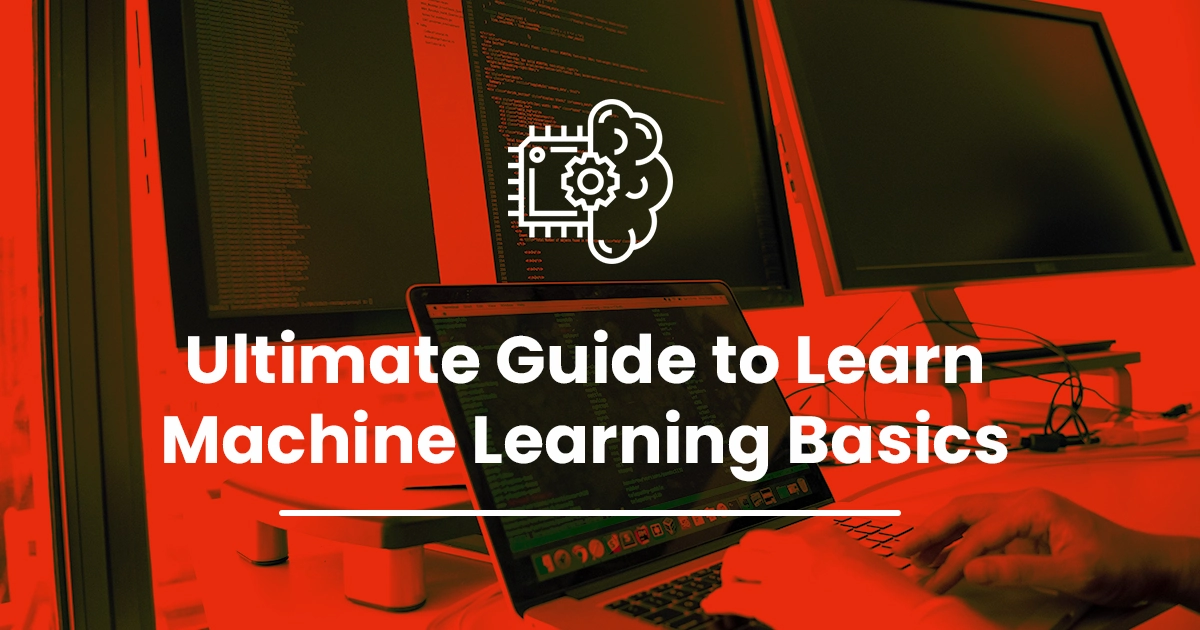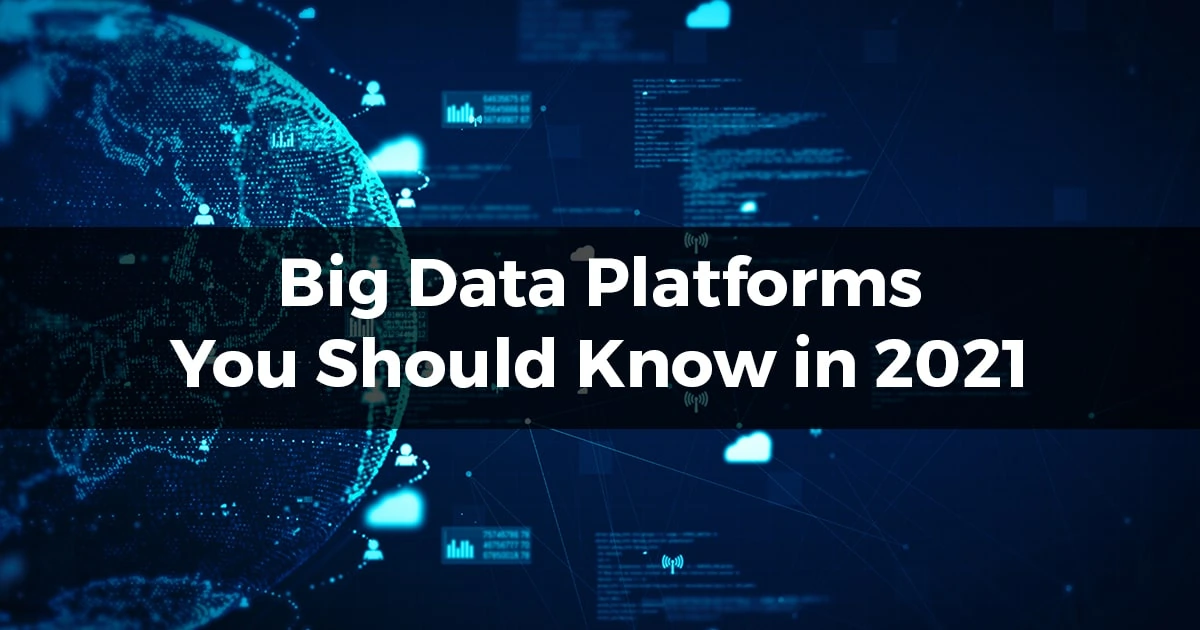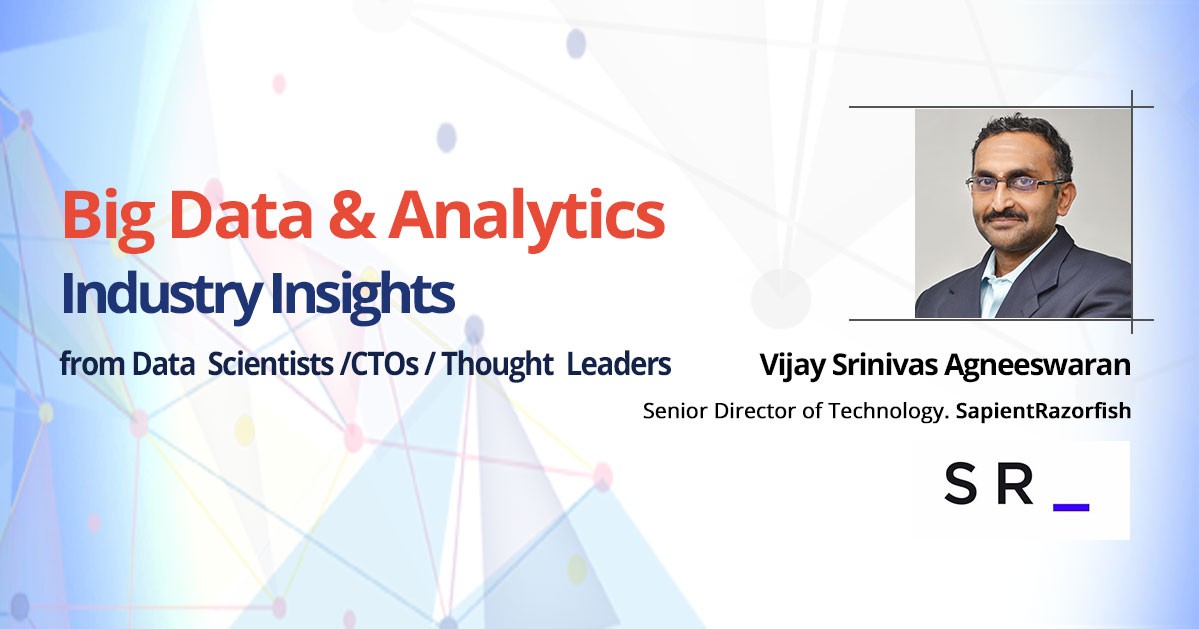Do you shop online? Have you noticed the suggestions? They will be about other products you may find appealing or products you can buy along with the one you are considering. Learn the machine Learning Tutorial.
Have you wondered how these suggestions come about? You can thank machine learning for them.
Machine learning has permeated everything from online shopping to banking. It is the buzzword that is driving the tech industry and machine learning tutorial is among the most searched online courses. One of them is the Google Machine Learning Crash Course.
The three most sought after skills in the current job market are machine learning, deep learning, and natural language processing.
Since 2012, the demand for machine learning engineers has increased tenfold.
By the year 2025, it is expected to become a USD 4 billion industry with a Compound Annual Growth Rate or CAGR of 49.7% over eight years.
It is one of the highest growth rates for any field.
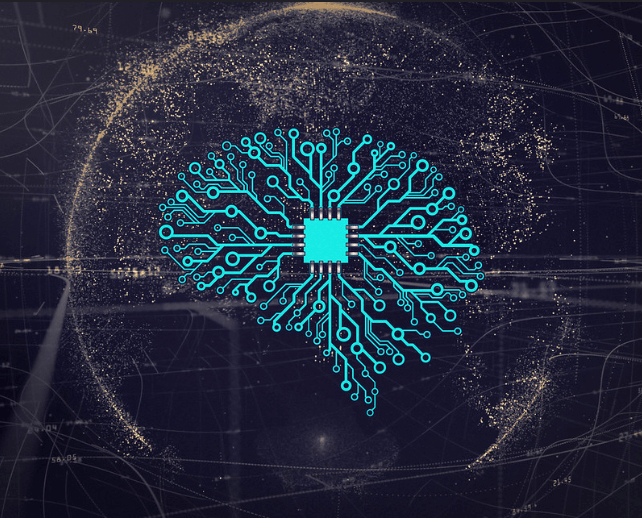
Corresponding to all this, the demand for machine learning tutorial has also seen a sharp increase.
Has this piqued your curiosity about the subject? Want to know more? Read on!
What is Machine Learning?
The first step is to understand what is machine learning. It is a subset of artificial intelligence. As the name suggests, it is all about helping the machine learn more.
You feed data to the system and expect it to make predictions based on this data. The field evolved from pattern recognition and computational learning.
Any computer performs tasks based on its programming. It is given specific instructions on how to carry out a specific task. Now, imagine that you just feed the machine data and tell it to do a task without exactly telling it how.
The machine will use certain algorithms and learn from the data. It helps you uncover hidden insights from the data set and make accurate predictions.
Machine Learning is the best way to utilize the vast amount of data generated every day to improve every aspect of our lives.
What are the Pre-Requisites for Machine Learning Tutorial for Beginners?
Eager to start your machine learning tutorial for beginners?
There is a small step you need to take first. Machine learning is a complex subject that has its foundations in mathematics and programming.
To make the most of your training and to optimally implement the machine learning algorithms, you need to be aware of a few basic concepts. Here are the prerequisites for machine learning tutorial.
(i) Statistics and Probability
Machine Learning is all about data and statistics is all about analysing data. It makes sense that statistical concepts such as regression, significance, hypothesis testing, etc. form the foundation of the decision making the process in ML.
Similarly, Bayesian probability concepts such as conditional probability, posteriors, priors, etc. are also equally vital.
(ii) Programming
How will you communicate with the machine and teach it if you do not know how to code? Python has created a niche for itself in machine learning and data science.
It is easy to learn, and multiple libraries help you code the machine learning algorithms.
(iii) Linear Algebra
Linear algebra is another key concept in ML. You should know about basic matric operations, single value decomposition, QR factorisation, etc.
As you will learn in your machine learning tutorial, matrices are the easiest way to represent data, and manipulating matrices form the basis of many algorithms.
(iv) Basic Calculus – As you will see, taking derivatives helps you minimise functions. Minimising the distance and error helps you identify clusters, neighbours, etc.
How Are Machine Learning Algorithms Classified?
Not all machine learning algorithms are created equal. Each one follows a different method to train and to classify data. However, these methods can be broadly classified into the following four categories.
1. Supervised Learning

When you have a dataset that has already been classified into labelled groups, and this dataset is used to train the algorithm to classify new data, the algorithm is a supervised learning algorithm.
The algorithm compares its outputs with the correct outputs. It modifies the parameters of the model to produce more accurate results. Once trained, the model can classify future data correctly.
Most of the algorithms that you would encounter in your machine learning tutorial fall into this category. For example, past transactions can be used to distinguish whether a transaction is fraudulent or not.
2. Unsupervised Learning
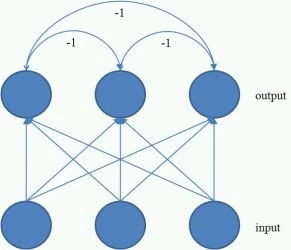
As opposed to supervised learning, the data here has no labels. The algorithm has to identify patterns and structures and create appropriate clusters. The algorithm is tasked with identifying the relationships within the dataset.
Unsupervised learning is used to categorise similar customers based on their transactions or purchase history, to identify outliers, make product recommendations, etc.
3. Semi-Supervised Learning
What do you do when you have a dataset that needs to be classified into labelled outputs, but you do not have enough labelled data to train the set? Semi-supervised learning was devised for precisely these situations.
You feed the algorithm a small amount of labelled data along with vast quantities of unlabelled data. Labelled data is expensive and may not always be available. Semi-supervised learning is perfect for these situations
4. Reinforcement Learning

Reinforcement learning, in a nutshell, is learning by trial and error. The algorithm is presented with unlabelled data. However, making a correct decision has rewards, whereas incorrect decisions have penalties.
The algorithm has to come up with a strategy that maximises the rewards. The algorithm becomes smarter as it trains and learns to take the correct decisions.
Reinforcement learning is one of the most exciting algorithms that you will encounter in the machine learning tutorial.
Most Common Machine Learning Algorithms
Machine learning tutorial for beginners will cover a wide variety of algorithms. There is no shortage of ML algorithms.
However, you don’t need to learn all of them. You need to be aware of the algorithms. This will help you figure out which one to be applied to which situations.
You should be an expert in at least a few of the algorithms. For this, select the ones that are most applied in the industry that you work in. This will help you professionally.
Here are some of the most commonly used machine learning algorithms.
1. Decision Trees
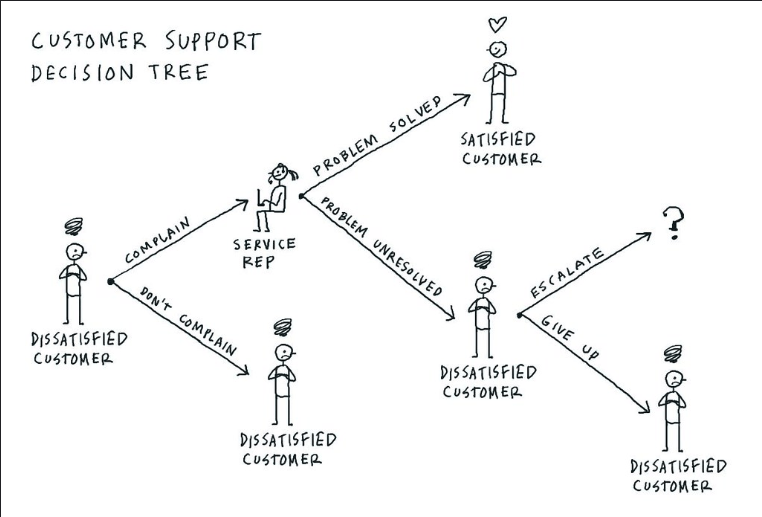
Decision trees are a graphical representation of a series of decisions. You use branching methodology to arrive at a conclusion.
Every internal node is a test or a question. The outcome of this test is represented by the branches. The final decision is represented by the leaf node.
Decision trees are well-suited for cases when your output has discrete values. It is a robust algorithm that can handle missing data as well as errors.
2. Naive Bayes Classification
Naive Bayes Classification uses Bayesian Probability Theorem to build models that can efficiently classify the dataset.
This method converges fast, and so, it works well even when the training set is only moderate-sized. It is excellent for situations where the input and output variables are categorical.
Even though the independence of attributes is a basic assumption for Naive Bayes classification in machine learning tutorial, it works well across a range of applications and has shown promising results in spam filtering, classifying emotions, face recognition, classification of news, etc.
3. Logistic Regression
Logistic regression can be used when you need to express the probability of the outcome variable as a function of some other input variable.
You derive a linear combination of the input variables and apply a logistic function to this. You can then predict the outcome based on the predictor variables.
It a robust and less complex algorithm that is also easier to inspect. Logistic regression is used in weather forecasting, analyzing the outcome of an election, credit scoring, etc.
4. K Means Clustering
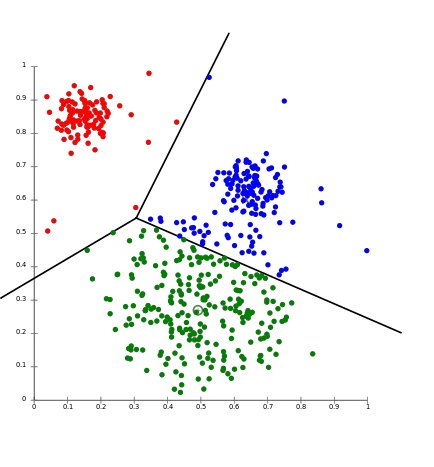
Clustering is an unsupervised machine learning algorithm where the dataset is grouped into clusters based on their similarities.
In K-means clustering, the number of clusters, k, is predefined. It provides faster results, especially when k is small.
It is an iterative method from machine learning tutorial that calculates the centre of mass in each iteration and creates clusters that minimise the standard deviation within the cluster.
The process continues until there are no changes in the clusters. It is the answer to the question – what is a machine learning algorithm that is used to classify documents, IT alerts, segment customers, identify crime locations, and profile criminals.
5. Support Vector Machines
Support Vector Machines or SVMs find a line or hyperplane that divides the training set into classes.
During the machine learning tutorial, you will realise that there is more than one such hyperplane. In that case, the algorithm is programmed to select one that maximises the distance between the classes.
The algorithm is efficient and accurate. You don’t run the risk of overfitting while employing SVMs. It is used in stock market prediction, image classification, display advertising, etc.
6. Principal Component Analysis
Your dataset will not always comprise of independent variables. When the variables are correlated, you can reduce their dimensionality by transforming these variables.
The transformation is orthogonal, and the new set of variables are uncorrelated. They are known as the principal components.
Visualisation and compression are some areas where PCA is used. PCA is an unsupervised learning algorithm that requires some knowledge of the domain to be used effectively.
What are the Applications of Machine Learning?
Machine learning has touched almost every aspect of our daily lives. You would have encountered it without even realising that you are dealing with an ML application.
Wouldn’t you like to know where all the algorithms from the machine learning tutorial are applied in real life? Here are some of the most common applications of ML algorithms.
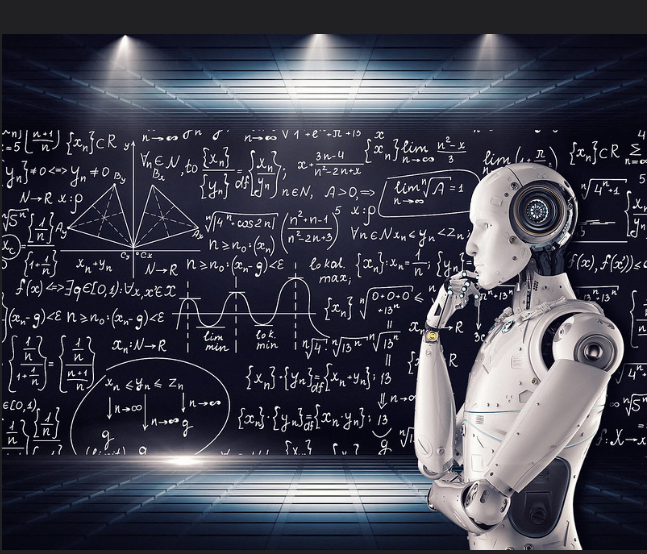
1. Transportation
Have you used GPS while driving? You might have even thanked the traffic prediction for saving your time and rerouting you to a faster route.
Machine learning algorithms use the data collected from all the drivers to predict the traffic conditions and figure out alternate routes. Even online cab booking companies use ML to predict the time it would take for the cab to pick you up.
2. Virtual Personal Assistants
Virtual assistants such as Alexa, Cortana, etc. have become a part of our daily lives. These assistants collect data based on your interaction history and personalise future results.
3. Marketing and Sales
ML forms an integral part of marketing strategies. Companies use the algorithms to recommend products, identify the customers that can be targeted for an ad campaign and much more.
Some of the projects that you would do during the machine learning tutorial are based on its applications in marketing and sales.
4. Social Media
Your home page or news feed will look much different from your friends. The social media sites use ML to deliver content that is tailored to your likes and dislikes.
Even when Facebook matches the people in your photos to those in your friend list, it is using ML to do so.
5. Fraud Detection
ML has been widely utilised to detect financial frauds. The vast amount of daily transactions can be easily used to train the system to detect fraudulent transactions. It can also be used to prevent money laundering.
6. Healthcare
Smart wearables that monitor your health status are a boon for the healthcare industry. The data from these devices can be used to identify illnesses in patients. It can even predict the occurrence of certain conditions.
7. Stock Market/Real Estate
ML algorithms are constantly used to predict market conditions. Companies use it to find out when to invest or divest from a stock. It can even be used to identify the right time to buy or sell a property.
Machine Learning Training From Experts
Machine learning is the present and the future. The impact of machine learning algorithms can be felt in every industry, from banking to healthcare. Even your Netflix recommendations are performed using machine learning.
It has become a must-have skill in the job market. The best way to acquire this skill is by taking a course and practising what you learn.
If you are looking for a machine learning tutorial, then head over to the Machine Learning Course using Python.
Not only is the course one of the most up-to-date ones you can find, but it also emphasises on learning through experience.
Apart from the classes taken by industry experts, you will also be required to do three Capstone projects that will give you a taste of how machine learning algorithms are shaping the real world.
If you are looking forward to building a career in Machine Learning, you should have a look at these Machine Learning Courses in Bangalore.
Digital Vidya understands that the main motivation behind taking the machine learning tutorial for beginners is to find a job.
The placement support provided by the organization ensures that you have no trouble landing a great job once the course is completed.
What are you waiting for? Enroll today to get kickstart your career!
